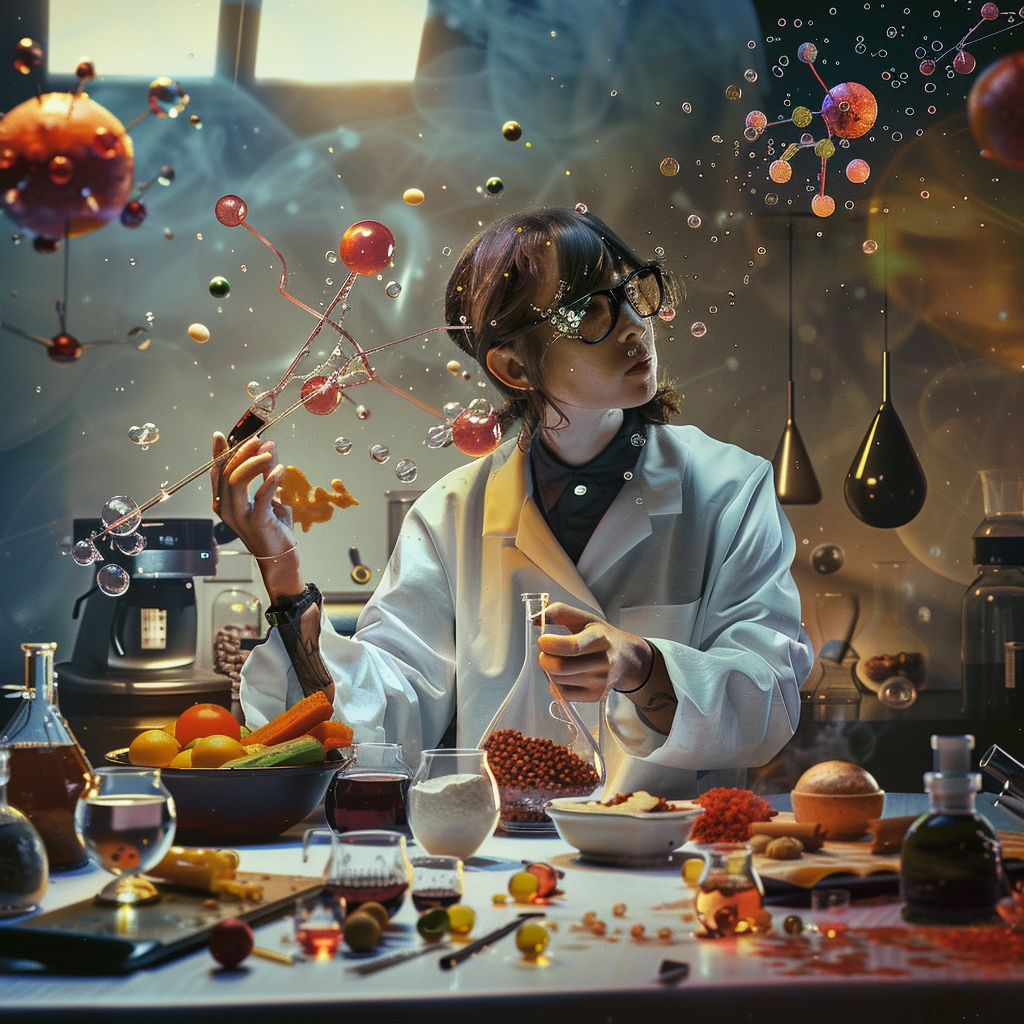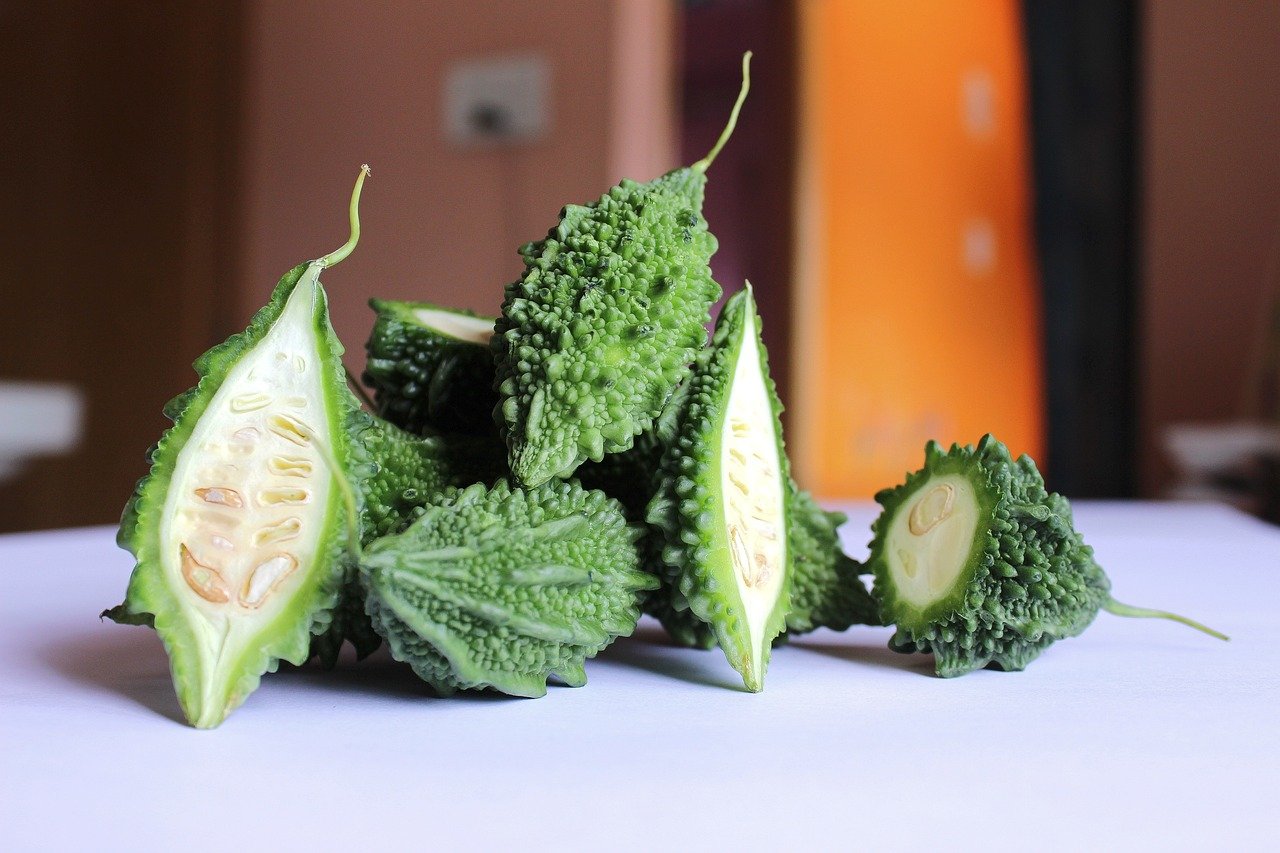
applications Closing soon- WFFC Scholarship Opportunities
Women in Flavor and Fragrance Commerce (WFFC), was founded in 1982 to support women in the industry through networking, education, and career advancement, is now accepting applications for its 2025 scholarships:
• Rita Flynn Memorial Fragrance Scholarship
• Flavor Scholarship
• She Works Scholarship

hyper-crunch and other mouthfeel trends
“Hyper-crunch,” “mouthfeel mimicry,” “air,” “next-gen naturality,” “convenience and shelf proof” and “climate-proof food” are trending mouthfeels for 2025. Factors like climate change, busier lifestyles and consumer demand for healthier alternatives will continue to drive product reformulations, and brands that actively work to keep their core products tasting great will thrive,” says Marina Di Migueli, global marketing director for Texturants and Proteins at Tate & Lyle.

3 Facts on Taste, Smell Loss, and Sports Injuries for Athletes
Check out these astounding facts About taste, smell loss, and sports injuries for athletes. If you or someone you know is experiencing taste and smell distortions, please visit our RESOURCES links for support.

teenage boys have grown obsessed with designer fragrances that cost hundreds of dollars.
Smellmaxxing, Explained
Some teenage boys have grown obsessed with designer fragrances that cost hundreds of dollars. The New York Time explains this trend.

Do people who can’t smell really breathe differently?
A new study suggests just that congenital anosmics breather differently than people with normal semll abilities.

Food Technology Magazine: Technology-Driven Flavors
Artificial intelligence and precision fermentation are creating new flavor development options. In “Technology-Driven Flavors”, WTSA’s Alex Woo, Ph.D. and Mindy Yang share how artificial intelligence (AI) and precision fermentation are revolutionizing flavor development in the food industry. AI is enabling companies to create unique, personalized flavors based on consumer preferences and emerging trends, while precision fermentation helps produce rare and sustainable ingredients. These innovations align with consumer demand for natural, healthier, and eco-friendly products, shaping the future of culinary experiences. Technology and nature are intersecting to create flavors that are more delicious and sustainable.

Stefan Carbonaro provokes how we perceive smell using the other four senses in her exhibition
In 4Senses, the artist, who suffers from anosmia ‒ the total and complete loss of the sense of smell ‒ creates a unique narrative that provokes how we perceive smell using the other four senses.

Discover the World of Olfactory Art: Creative Pathways for Scent
Have you ever wondered what it would be like to smell a sculpture or taste a work of art? Can you imagine artwork that engages not only your eyes but your nose, taste, and even touch? This unique world of multi-sensory art is exactly what we’ll be exploring at the upcoming Olfactory Art Panel: Creative Pathways for Scent — an exciting new addition to the World Taste & Smell Association’s programming this October!

Olfactive Bio Unveils Revolutionary Food-Derived Pill to Replace Ozempic
At the recent Global Taste & Smell Summit, Olfactive Biosciences, (also known as “Olfactive Bio”) made a groundbreaking announcement with the potential to reshape the future of health and wellness. President and CEO Nils Lommerin introduced a newly patented, food-derived pill designed to naturally replace Ozempic, the popular medication known for its weight management benefits. This innovative product is slated for launch in January 2025.

The Scent of Inclusion: Unique Perfume Collaboration Has Those Who Can't Smell at its Heart

Emma Dancourt on Being Born with No Sense of Smell, and the Making of Umema, the Perfume She Will Never Smell.
Emma Dancourt on Being Born with No Sense of Smell, and the Making of Umema, the Perfume She Will Never Smell.

The Power of Scent: How Babies Use Their Mothers’ Odor for Facial Recognition
Understanding how olfactory cues impact visual perception in infants could inform early childhood education, parenting practices and therapies for developmental challenges.

Patient Voices Pivotal to Olfactory Research and Treatment
Patient voices sound the urgency for fundamental research on what underlies sensory disorders and how that can be translated into new and better treatments

Alex Woo On Multisensory Eating, Innovation, and Sustainable Food
A combination of neuroscience and flavor chemistry makes flavor technology more powerful.

Take a Free Scratch-and-Sniff Test in the Parkinson’s Progressive Markers Initiative
Smell loss can be an early symptom of Parkinson’s, and can precede a Parkinson’s diagnosis by up to 10 years.

Spotlight on Swirl of Hope: An Interview with Pam Flynn
My hope is that this message will bring comfort to those whose lives have been devastated by Long COVID-19.

The Impact of Senses on Dark Dining Experiences
Dark dining restaurants offer a unique culinary adventure by serving meals in complete darkness, challenging diners to rely on senses other than sight. A recent study reveals how crucial social interaction and communication are in helping diners identify and appreciate their food in these environments. By stripping away visual cues, diners engage more deeply with their food, enhancing their sensory experience. This intriguing phenomenon showcases the interplay between taste, texture, and social dynamics in the dining experience.
For more insights, read the full article here.

Multisensory Eating & Drinking Experience: What it is and How to Create it
Flavor is a multisensory phenomenon that involves all five senses: taste, smell, sight, sound, and touch. The Multisensory Eating & Drinking Experience, a special World Taste & Smell Association presentation by Flavor expert and Director on the WTSA Board Alex Woo, explores how to create flavors based on crossmodal correspondence and neurogastronomy. This engaging webinar will delve into the intricate science behind flavor creation and how it can enhance our culinary experiences.

Understanding Taste And Smell: In Harmony And Discord
The World Taste & Smell Association (WTSA) is hosting "Understanding Taste and Smell: In Harmony and Discord," an online presentation on May 8th at 11:00 am EST. This insightful event will unravel the mysteries of our most cherished senses and the crucial role they play in our well-being, memory, emotion, and survival. Attendees will also gain a greater understanding of chemosensory disorders and hear powerful testimonials from those affected.

Research Reveals How We Perceive Bitter Taste
With these new insights into the mechanics of where and how bitter substances bind to TAS2R14, scientists have laid the groundwork for developing treatments that could regulate taste receptors to address conditions like obesity and diabetes.




